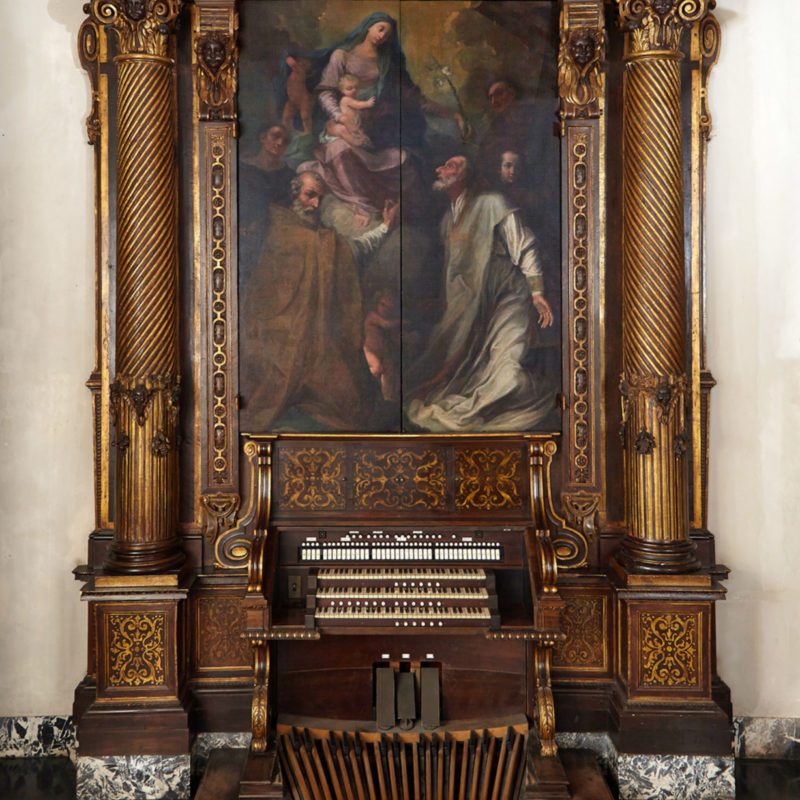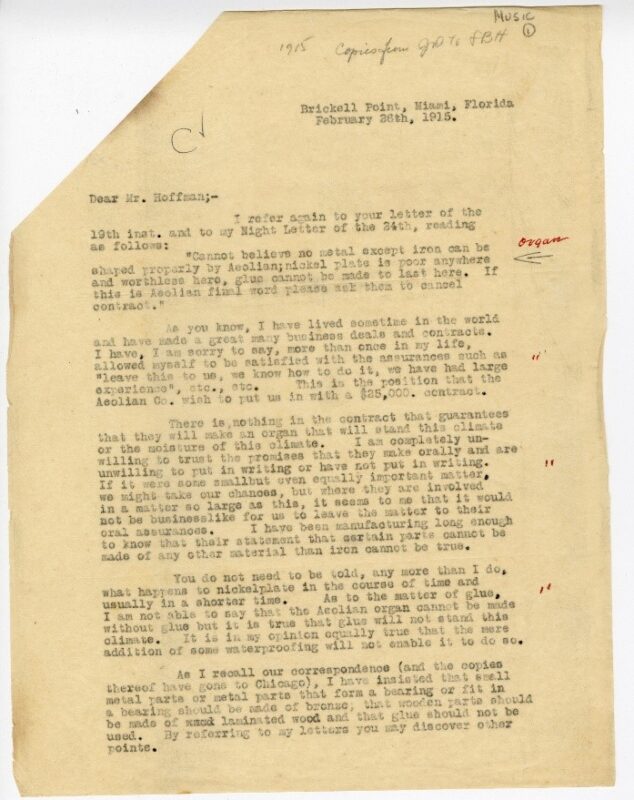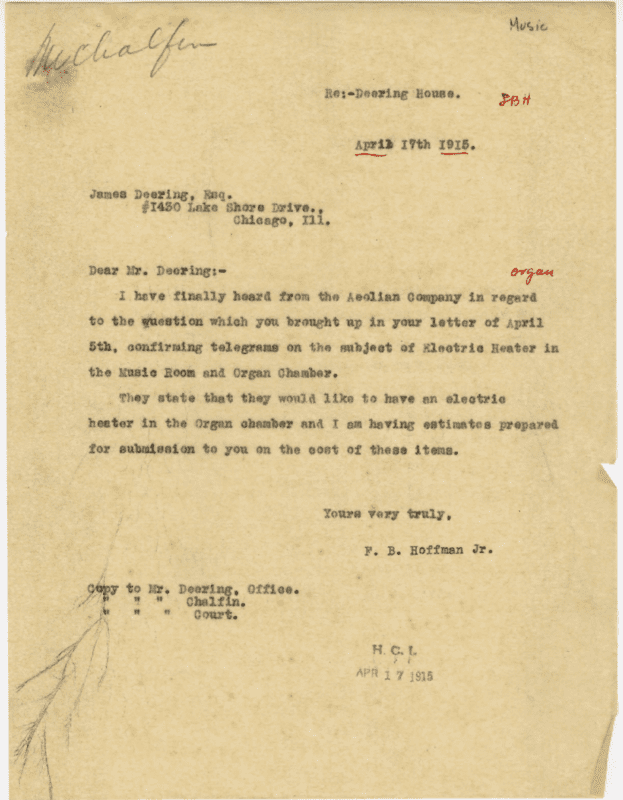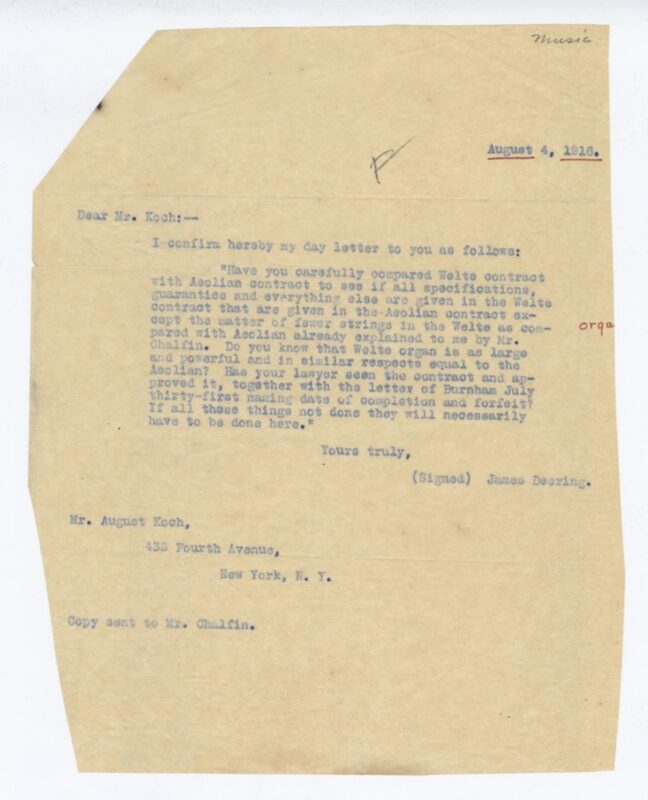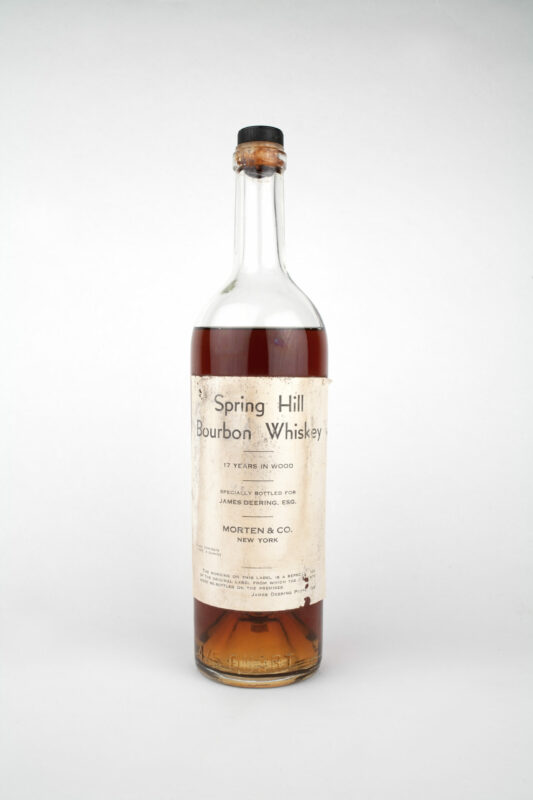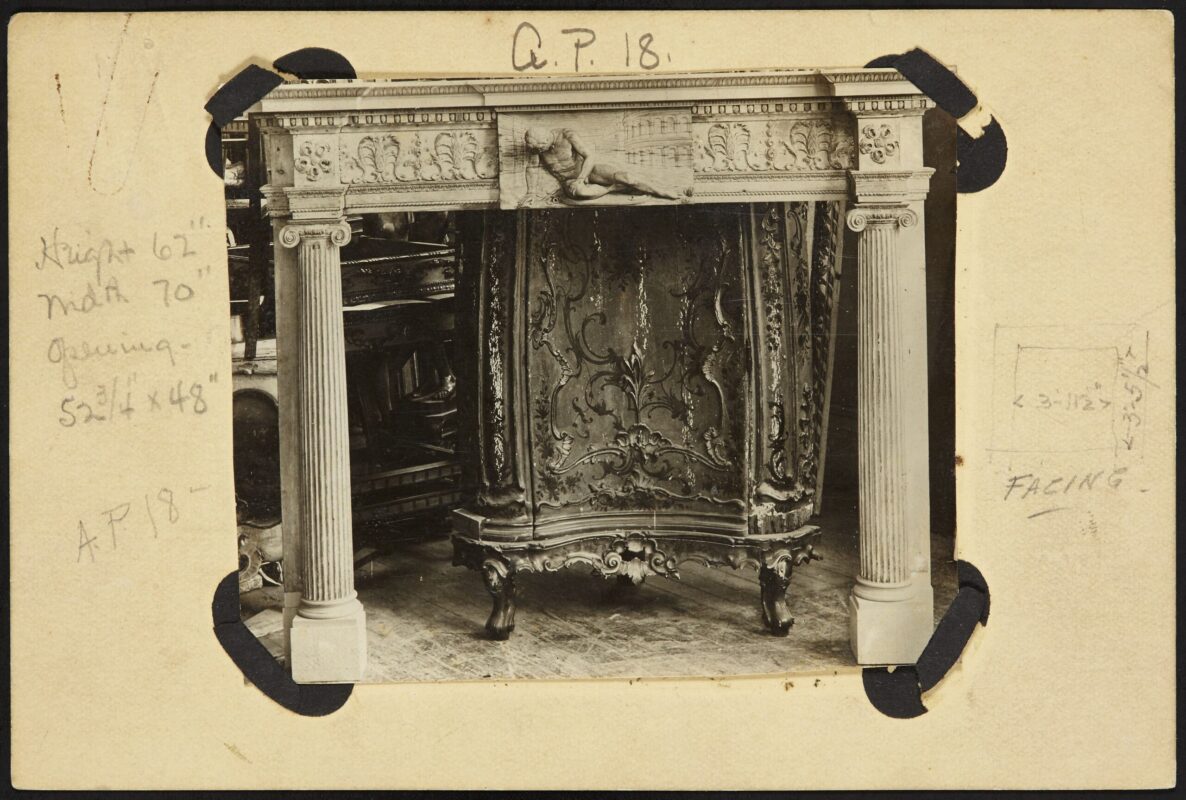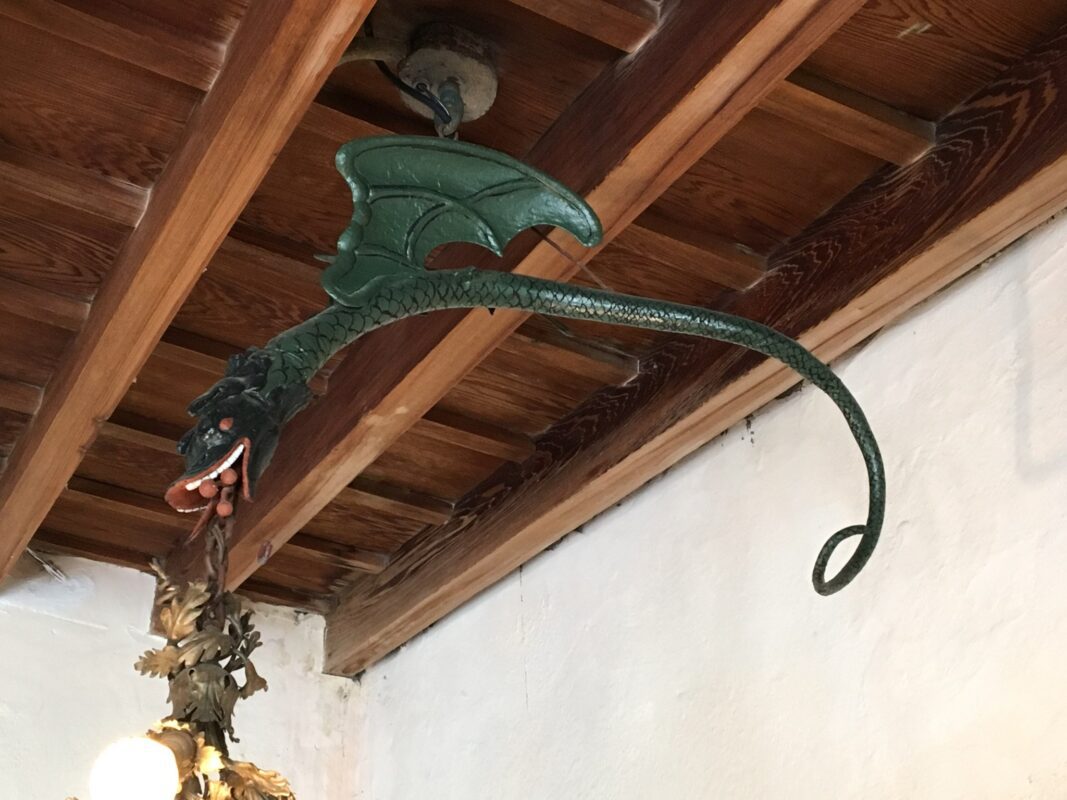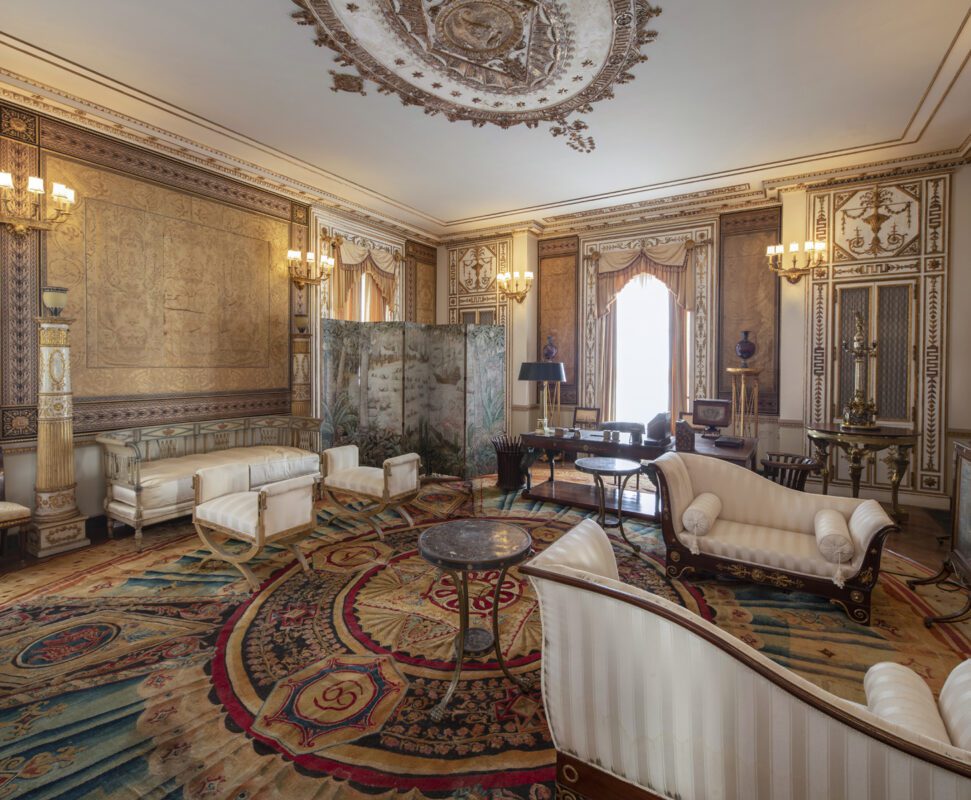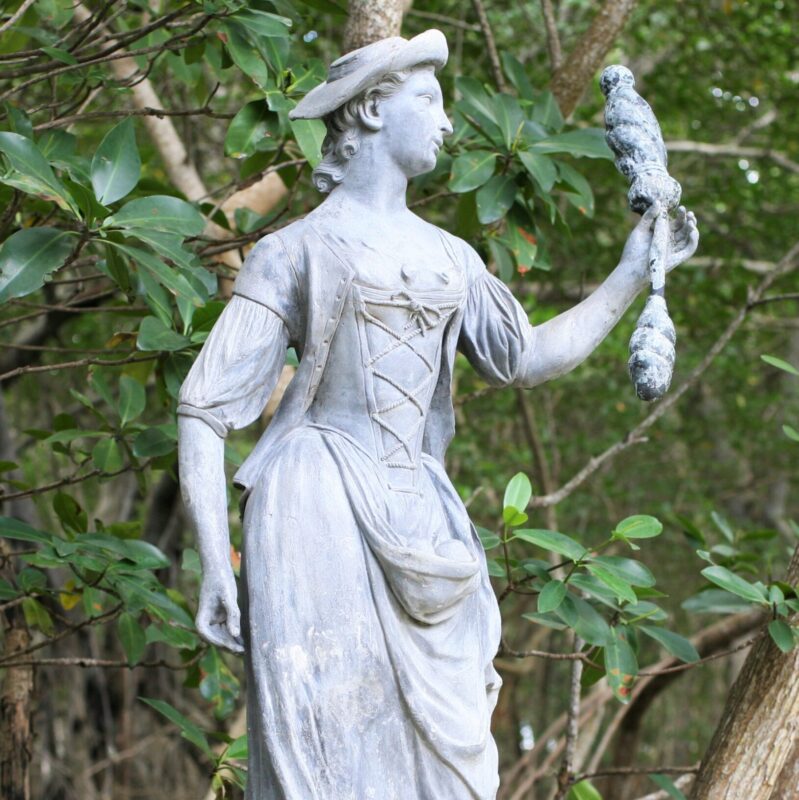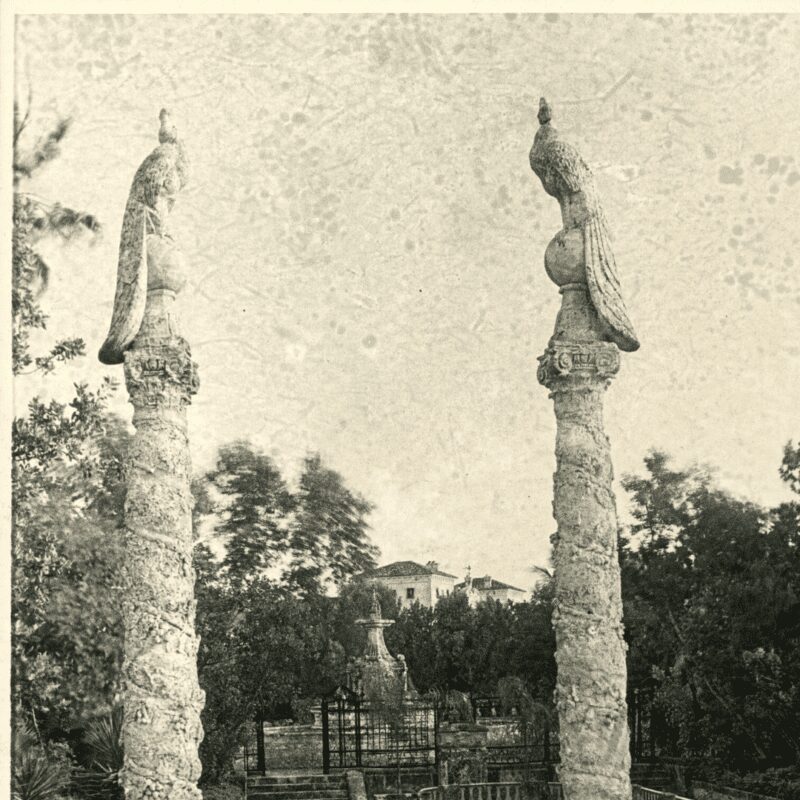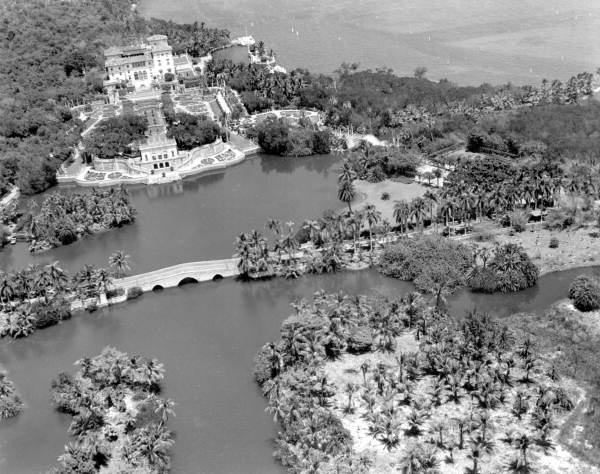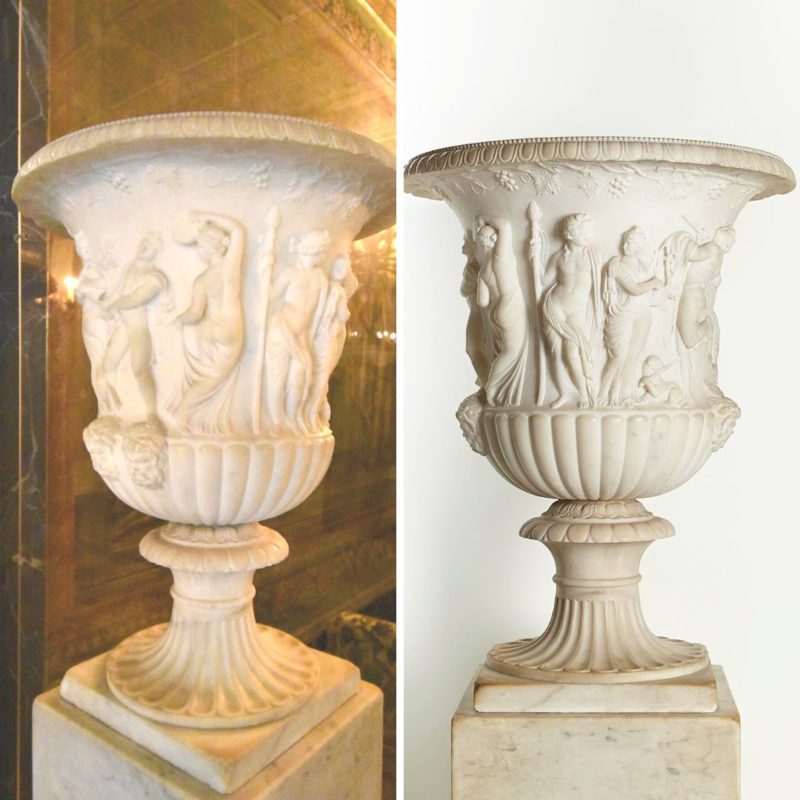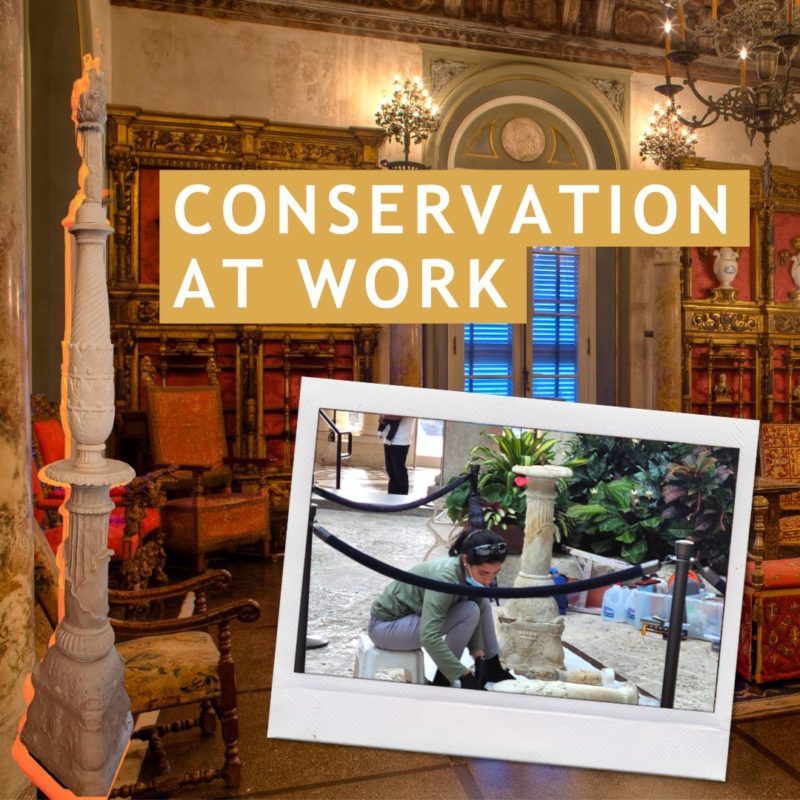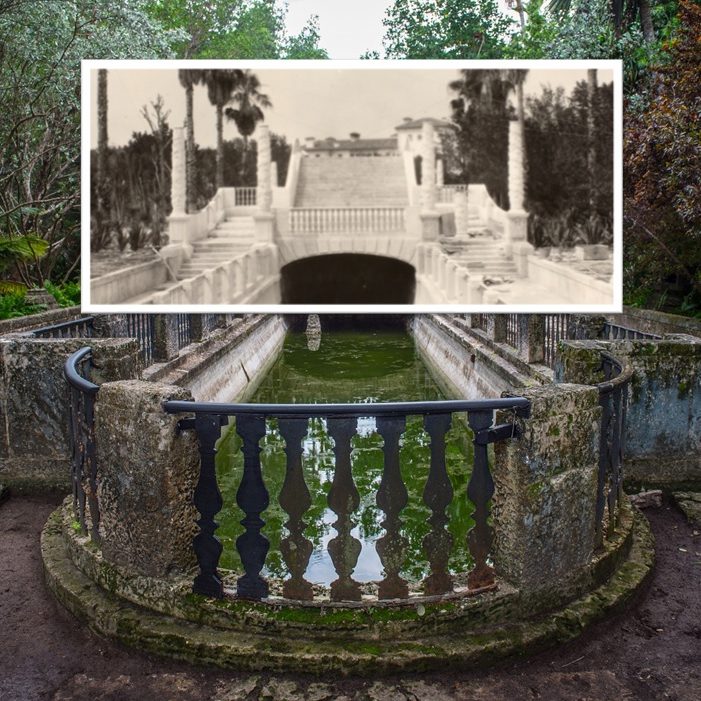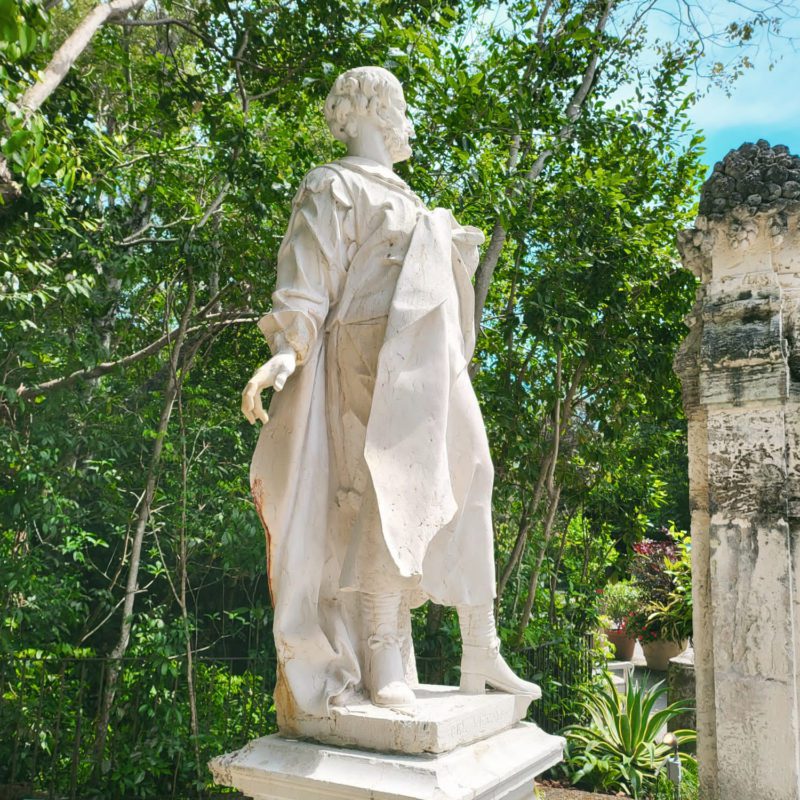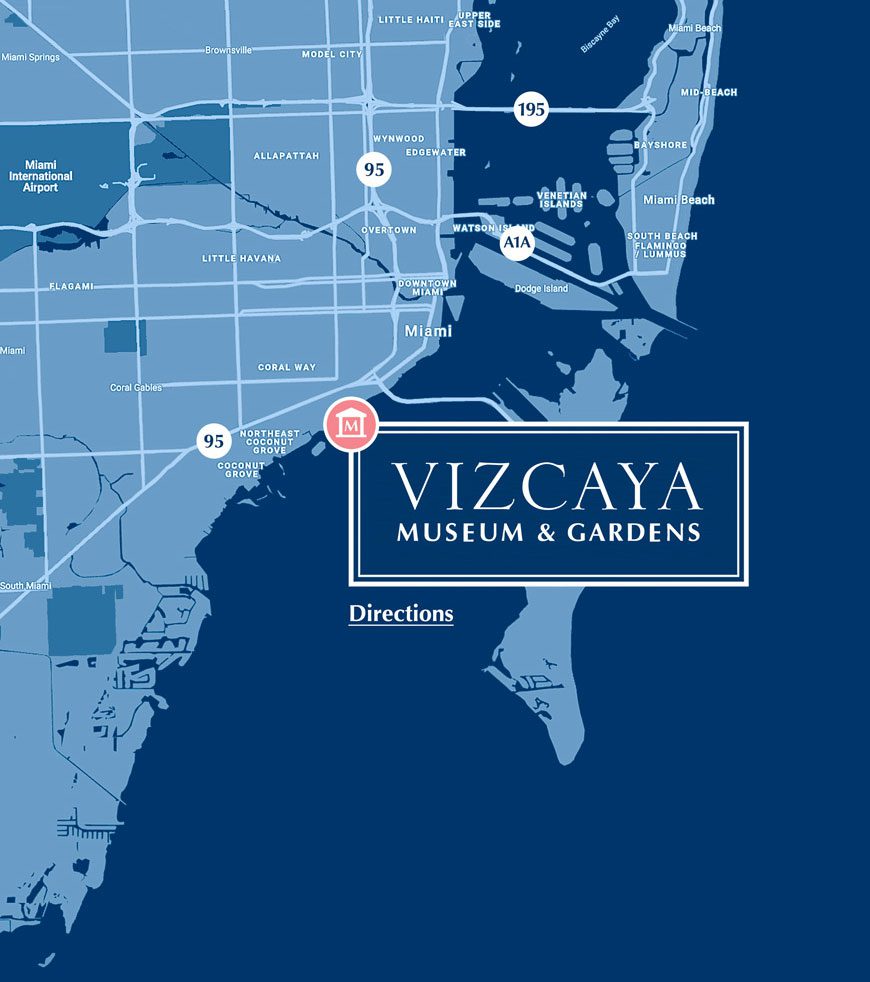By Elena Davila, Archives Digitization Intern
If you have toured Vizcaya on a late afternoon, you may have been pleasantly surprised by the sound of music filling the home. The instrument responsible is the impressive pipe organ, located in the Living Room on the Northeast corner of the home, with its pipes housed directly behind it in the Organ Chamber. It can be played manually or automatically with organ rolls of music, many of which were selected by James Deering himself from the Welte-Mignon Company catalog. Correspondence in Vizcaya’s archives sheds light on the history of this important instrument.
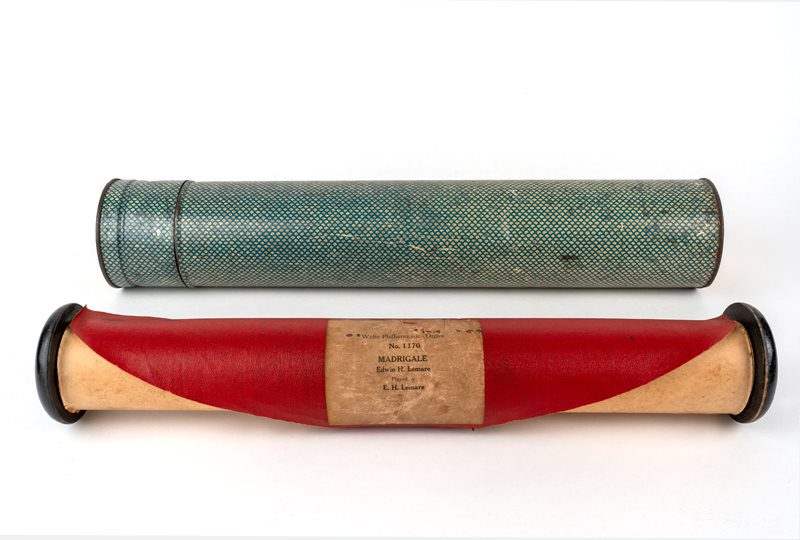
“I AM SORRY TO MAKE YOU ALL THE TROUBLE THAT I AM MAKING IN THIS CONNECTION, BUT I SHOULD FEEL VERY SILLY TO SPEND $25,000 ON AN ORGAN AND FIND IT SOON WORTHLESS.”
- James Deering
Organ music on Biscayne Bay
Building Vizcaya on its picturesque location overlooking Biscayne Bay came with significant challenges. Among them was protecting the home and its valuable, often delicate, contents from the harsh elements while maintaining the open loggias allowing the sea breeze to be felt throughout. The successful, long-term operation of an organ required particularly thoughtful consideration and adaptation of the instrument itself and its permanent location.
In a letter to Vizcaya architect Francis Burrall Hoffman, James Deering expressed concerns about the effects of Miami’s harsh climate on the mechanics of the pipe organ. Vizcaya’s archival collections are full of letters expressing similar concerns for the organ and other aspects of the house.
This letter between James Deering and Vizcaya architect Burall Hoffman highlights Deering’s concerns about the effects of Miami’s harsh climate on the mechanics of the pipe organ.
Concerned by damp and wet weather conditions, James Deering suggested in a letter the use of electric heaters as a means of keeping the organ dry when the furnace in the house was not in use. Francis Burrall Hoffman modified architectural plans, adding electrical outlets to the Organ Chamber to accommodate the use of electric heaters.
An organ producer up for a challenge
James Deering communicated his requirements to organ manufacturers, including the Aeolian Organ Company and M. Welte & Sons. Inc., challenging them to produce an instrument that would meet his needs. Throughout the correspondence collection are letters between James Deering and the professionals he enlisted to advise on the design and construction of his Florida home. In cases needing particular expertise, Deering called upon those in his professional and social circles. In preparation for commissioning the organ, Deering consulted with other local organ owners including Commodore Arthur Curtiss James of Coconut Grove and Carl Fisher of Miami Beach. Deering thought it would be best to reinforce all wooden pieces with iron and that glue should not be used. Fisher offered the idea of laminating any wood pieces, an impossible task without glue.
Among the concessions agreed upon by Deering and the Aeolian Organ Company were the use of American wood that could withstand the climate, the use of brass throughout and the use of iron only on unessential parts. However, Deering broke his contract with the Aeolian Organ Company in 1916, when they were unable to fulfill their obligations. In August 1916, he contracted M. Welte & Sons. Inc. to produce an instrument that included all the specifications of his original contract with the Aeolian Organ Company.
The Welte Philharmonic Pipe Organ continues to provide musical enjoyment for Vizcaya’s guests to this day thanks to the efforts of James Deering, his team, and M. Welte & Sons. Inc. Their work required enormous amounts of communication over great distances. The letters and telegrams in the archives highlight the coordination needed to complete projects over time and distance.
The letters noted here were sent over the period of a year and are spread out between more than 5,000 pieces of correspondence. Researching in the collections is a fascinating journey requiring patience and skill to pull out stories like this from thousands of communications.


